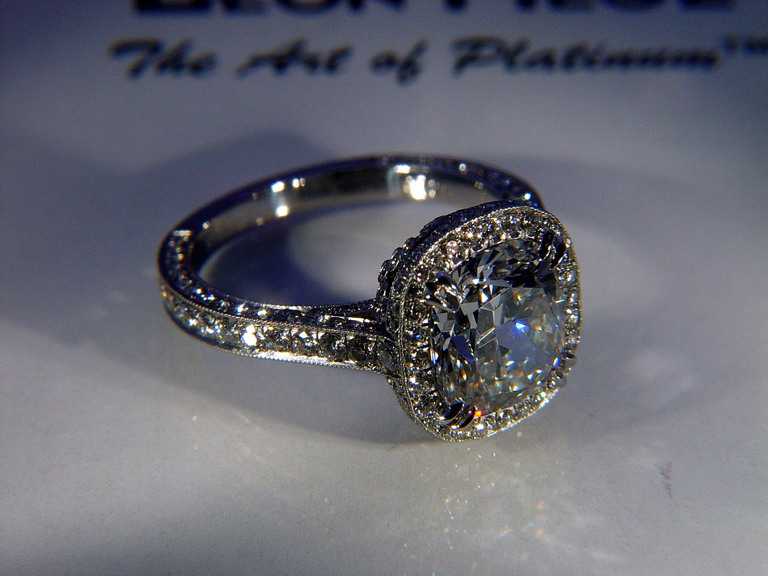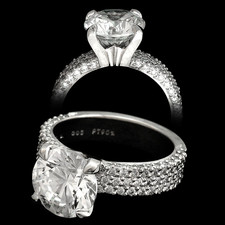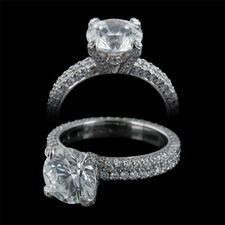LuvthatSparkle
Shiny_Rock
- Joined
- Sep 20, 2004
- Messages
- 149
I like the look of Pave but I also like the way the stones in Micro Pave are set. Is it possible to set Pave stones like Micro Pave stones and how does the term Melee relate to all this? For examlple: What size should Micro Pave and Pave diamonds be?
Here''s the info I''ve put together so far thanks to other pricescopers.......
1.0mm is .005ct
1.3mm is .01 ct (1pointer)
1.5mm is .015ct
1.7mm is .02 ct
2.0mm is .03 ct
2.4mm is .05 ct (5pointer)
This Micro Pave from ERD

And Reena''s famous Pave ring by Leon Mege

Here''s the info I''ve put together so far thanks to other pricescopers.......
1.0mm is .005ct
1.3mm is .01 ct (1pointer)
1.5mm is .015ct
1.7mm is .02 ct
2.0mm is .03 ct
2.4mm is .05 ct (5pointer)
This Micro Pave from ERD

And Reena''s famous Pave ring by Leon Mege









300x240.png)